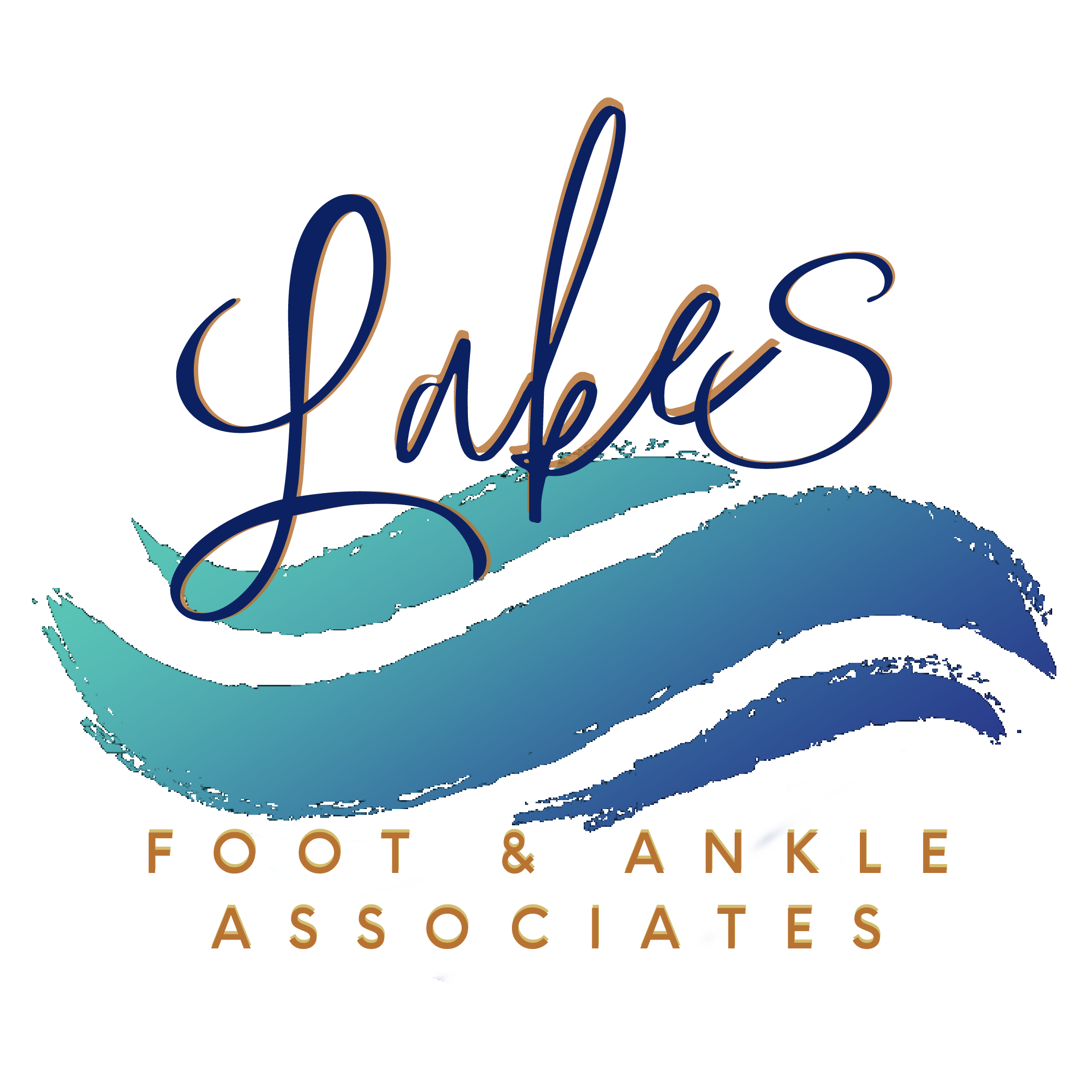An injury to your ankle can be painful and inconvenient. This is especially the case when your injury turns into something more, like tarsal tunnel syndrome (TTS). TTS occurs as a result of tibial nerve damage.
In fact, 2 in 5 people with TTS have had an injury like a sprained ankle. At Lakes Foot and Ankle in Commerce Township, MI, we have experience treating this condition, so we’ve compiled some information about it to help you manage it better.
What is Tarsal Tunnel Syndrome?
Tarsal tunnel syndrome (TTS) is a condition that results from damage to the posterior tibial nerve. This nerve runs through the tarsal tunnel, a slender passage in the ankle’s bone and soft tissue. Overuse, stress, injuries, or anatomical variations can compress the tarsal tunnel, entrapping the nerve and leading to inflammation.
Symptoms of Tarsal Tunnel Syndrome
Like with any other health condition, recognizing the signs of tarsal tunnel syndrome and seeking timely treatment is crucial in managing this condition. Some common symptoms of TTS include:
- Sharp pain along the nerve pathway
- Tingling or burning sensations through the bottom of the foot
- Numbness or weakness in the affected foot
While symptoms may be mild, they can also impact your mobility and overall quality of life. If you find your symptoms to be particularly disruptive to your daily activities, contact Lakes Foot and Ankle to schedule an appointment with one of our podiatrists, who can help you treat them effectively.
Causes of Tarsal Tunnel Syndrome:
- Injuries to the foot or ankle, such as sprains or fractures
- Anatomical differences in the foot, like flat feet or high arches
- Scar tissue, cysts, tumors, or other masses pressing on the nerve
- Neuropathy related to diabetes or other conditions
Regardless of the cause of your TTS, your podiatrist will assess your condition and develop a tailored treatment plan that addresses the root causes of your pain and discomfort. To learn more about your personal risk factors for TTS, contact Lakes Foot and Ankle Associates for a consultation.
How to Treat Tarsal Tunnel Syndrome
While you can manage your pain at home for some time with rest and cold compresses, it is best to consult with a podiatrist. Our podiatrists would be happy to help you on your healing journey to becoming pain-free. We can assess the underlying causes of your condition and help you implement a treatment plan, which may include the following:
Rest
Like any other injury, rest can help you recover from TTS. This is especially the case when you consider that this condition is often a result of overuse of the affected muscle. Your podiatrist can provide you with a timeline for returning to normal activities.
Medication
Anti-inflammatory medication, including steroid injections administered by a podiatrist, can relieve pain and inflammation in the area affected by tarsal tunnel syndrome. Mild pain can be managed with over-the-counter pain medication.
Physical Therapy
We typically recommend that patients immobilize the area briefly to allow different forms of therapy the time necessary to ensure proper healing while reducing inflammation and stress to the injury site.
We may recommend specific types of durable medical equipment, such as a Trilock or Camboot, to support a patient’s ankles, tendons, and ligaments while offering immobilization so they can remain active while they heal.
MLS Laser Therapy
MLS Laser Therapy can be an effective treatment for TTS. It uses a pair of synchronized lasers at two different wavelengths to promote pain relief, reduce inflammation, and boost the body’s natural healing response.
Custom Orthotics
If your biomechanics need additional support that regular shoes can’t provide, our podiatrist may recommend custom orthotics to redistribute weight away from the affected area, which can help you heal from tarsal tunnel syndrome. Lakes Foot and Ankles Associates uses an advanced 3D orthotic scanner to customize orthotics to meet your specific needs.
Radial Shockwave Therapy
Radial shockwave therapy can be a useful tool in helping tissue that has sustained a long-lasting chronic injury. This advanced, non-invasive therapy is highly effective in helping signal the body to reaccelerate the healing process for tissue it no longer realizes is injured.
Surgery
In extreme cases, TTS may require surgery once all other non-surgical treatment options have been exhausted. Your podiatrist can help you determine if this is the case and make the necessary referrals to an orthopedic surgeon.
Manage Your Tarsal Tunnel Syndrome With Lakes Foot & Ankle Associates
If you’re experiencing pain that won’t subside after an ankle injury, consider booking an appointment for evaluation. We at Lakes Foot & Ankle Associates would be happy to help you. Our doctors specialize in the diagnosis and treatment of tarsal tunnel syndrome. We can help create a treatment plan that will address the root cause of your discomfort and allow you to continue your daily routine without pain. To get started, contact us to schedule an appointment.
Effective Tarsal Tunnel Syndrome Treatment at Lakes Foot & Ankle
Tarsal tunnel syndrome can affect your daily activities and personal comfort. Get back to normal as soon as possible with effective treatment from a podiatrist specializing in the management of tarsal tunnel syndrome. For more information or to schedule an appointment, call Lakes Foot & Ankle in Commerce Township, MI, at (248) 453-2288 or contact us online.



